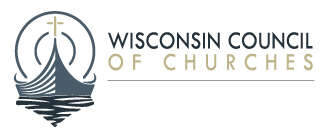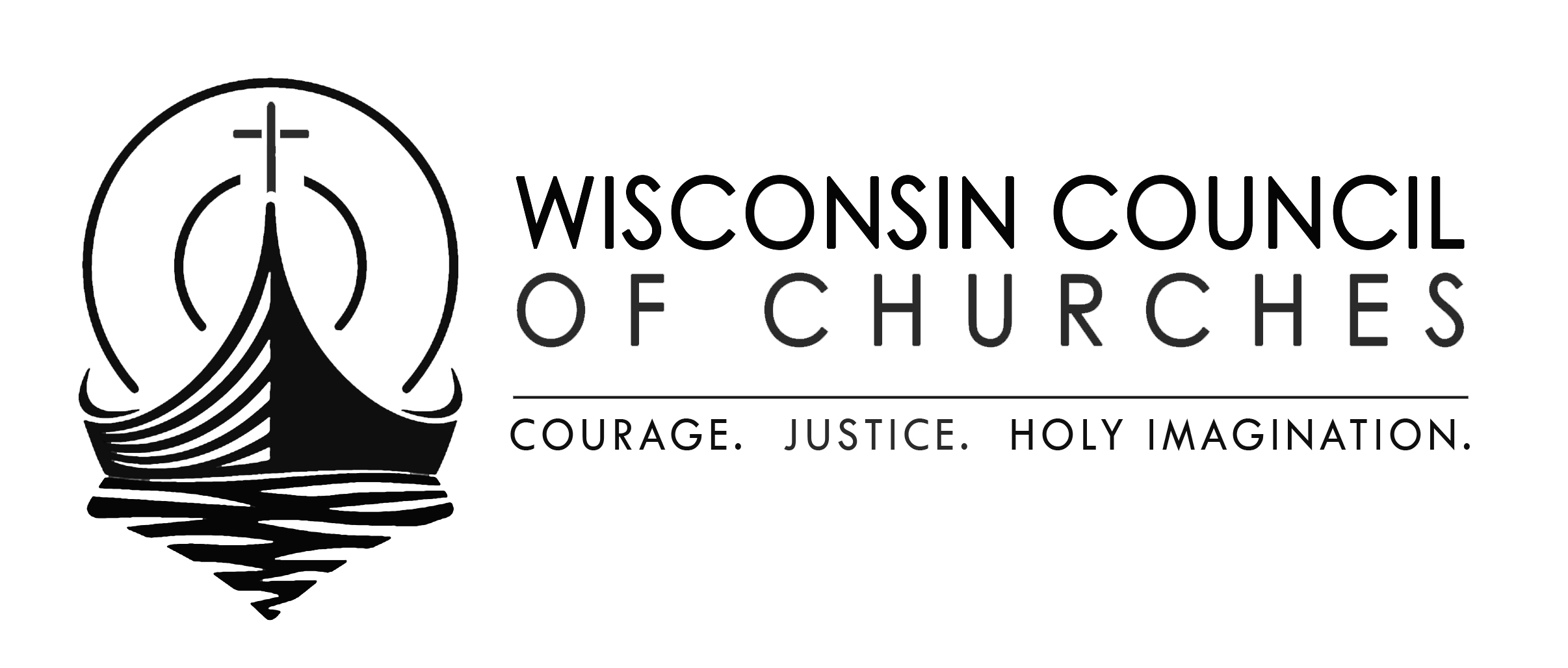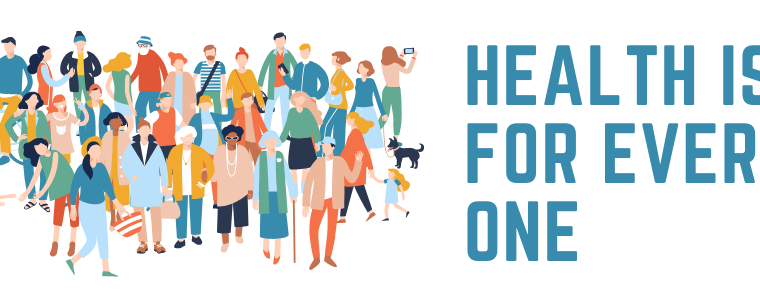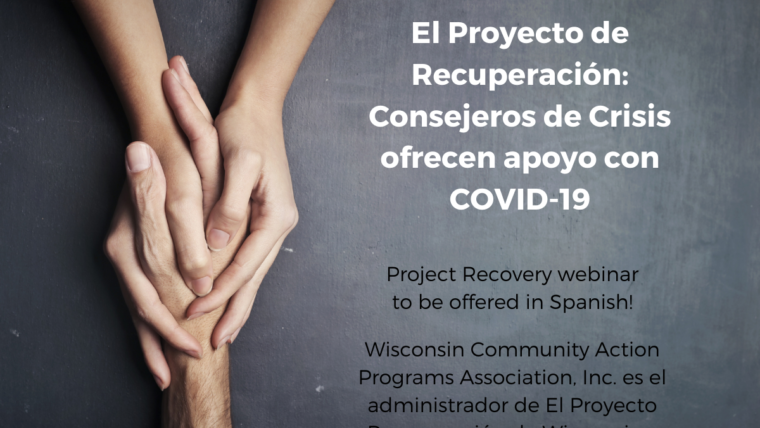“Nothing about us without us”
+ your pre-Christmas COVID update
I want to add a point to last week’s discussion of disability, but first, let’s take care of a couple of points.
Point one: I’m out of the office the next two weeks, and so is this newsletter. Have a Merry Merry and a Happy Happy, and we’ll see you in January! (The second week, not the first.)
Point two: Let’s check in on the respiratory virus season. The short version is that this is the point where things get worse, fast. We’re not ready for it.
- Influenza-like illnesses (which include COVID, flu, and RSV) are surging around the nation. Even though rates are rising quickly, they are still below what we saw this time last year. The CDC believes that we have not yet seen the peak of the season.
- According to the CDC’s Health Action Network, “In the past 4 weeks, hospitalizations among all age groups increased by 200% for influenza, 51% for COVID-19, and 60% for RSV.” This has the potential to strain the health system, particularly in specialized care such as pediatric intensive care units.
- Meanwhile, death rates are increasing and vaccination rates are low. Influenza vaccine uptake is down from last year. More important, the new COVID boosters have not caught on: only 17% of adults have gotten a dose. Just less than 8% of children have received one, including only 2.8% of kids under the age of four.
- That’s prompted the Health Action Network to issue an advisory citing the “urgent need” to increase vaccinations.
- The foregoing applies to Wisconsin as well. To be fair, we are still at lows levels of ILIs compared to other parts of the country. But things are picking up steam.
- Of particular concern are the wastewater readings. Of the 35 sites monitored in Wisconsin, 25 had very high COVID levels, 9 had high, and only 1 had “moderate” levels. That suggests that the peak is yet to come.
- Like the nation at large, Wisconsin’s vaccination rates are low. Only 12% of adults in the Cheese State have gotten a COVID booster. 30% have received a flu shot this year, almost half of whom are over the age of 65.
Staying safe
What can you do to protect yourself and your loved ones in this situation?
- Get vaccinated and tell everyone around you to do the same. It’s too late for Christmas at this point. But as the CDC says, we’re probably at least a few weeks from the peak. That means there’s still time to get protected.
- Mask up. If you’re going to be around people for any extended length of time, think about wearing an N95 or KN95 mask. Those Nerdy Girls have more suggestions. I know it’s probably a lost cause trying to get congregations to mask on Christmas Eve. But I’d sure be putting them out in a prominent place and suggesting it to worshipers.
- Test. If you have any COVID-like symptoms, test right away. If you’re going to a large gathering, test 2-3 days ahead, and then again just before the event.
Check out the Public Health Cooperative’s excellent FAQ page for more information. It has answers on masking, quarantines, and vaccines, among other things.
Changes to disability survey could exclude millions
The next subject might seem a bit technical at first, but bear with me. The US Census Bureau uses a survey to estimate the number of Americans with disabilities. They have proposed a change to that survey. Rather than the current “Yes” or “No” answers, respondents will be asked to judge their ability to perform certain tasks on a scale. Only those who answer “a lot of difficulty” or “cannot do at all” will be considered disabled.
That small change could add up to leaving out a lot of people — nearly 10 million, according to one advocate’s estimate. For example, it could rule out people with chronic conditions, or who live with mental health-related disabilities. It could even challenge people with moderate difficulties spread out across several categories.
It’s interesting to see the potential effect a small change could have on a lot of people. But this part in the advocate’s press release1 caught my eye:
We are concerned that these changes were proposed without adequate consultation with the disability community, including advocates and researchers. When disabled people say, “Nothing about us without us,” they also mean changes about the way the community is counted. Disabled people refuse to be made invisible.
“Nothing about us without us” is a long-standing slogan in the disability community. The U.N. says it’s used “as part of the global movement to achieve the full participation and equalization of opportunities for, by and with persons with disabilities.”
Setting aside the survey issue, this is the point I wanted to add to last week’s discussion. Church accessibility or COVID policy, it doesn’t matter. The conversation must include the voices of the people with the most at stake. It cannot be an effective — not to mention authentic — discussion without them.
Like anyone else, people with disabilities deserve to draw near to holiness. That means in a narrow sense that churches must take their needs into consideration when making decisions. Will refusing to mask or otherwise mitigate COVID risk in church keep people away from God and community? Many churches wrestled with such questions at the start of the pandemic. But it’s always good to revisit them to check on progress.
More broadly, if the goal of a faith community is not at least in part the “full participation and equalization of opportunities for, by and with persons with disabilities,” well, there’s work to be done. We — the entire body of Christ — need the voices of those living with disabilities now more than ever. I don’t know how we get through the respiratory virus season without them, much less the COVID era.
1To be clear, I am neither endorsing nor rejecting the argument contained in the press release. It’s just a good launching pad for discussion, is all.
The Links
- Health.gov introduces us to the Food and Mood Project, which aims to improve mental and emotional health in kids through nutrition.
- Huh. Daily toothbrushing can apparently lower the risk of developing pneumonia in the hospital.
- Where does Wisconsin rank on the list of homelessness by state? The answer may surprise you! (Seriously, it surprised me. See the list of cities for another surprise.)




